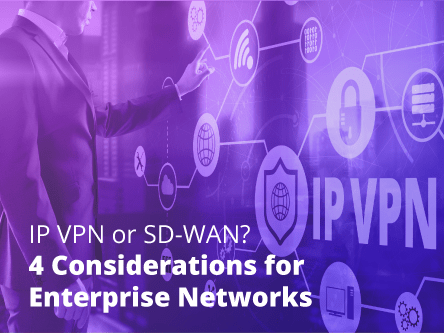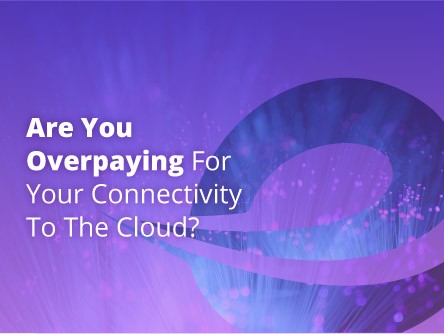Telecom industry of the past was basically much-needed utility companies operating like cartels.
Granted coveted licences by the government, they built a whole network, sold the network connectivity services, made sure it ran OK, resolved customer issues—then the cycle was rehashed millions of times.
In that business, you wanted to sell (dumb) pipes to as many customers as possible and as much bandwidth as they could support. Competition was controlled, and barriers to entry were high.
- Cloud computing has gone mainstream, and antiquated networks that stand in the way of progress will be bulldozed into oblivion.
- Anything-as-a-Service (XaaS) models have become a mainstay in every sector, and only high-performance networks with agility, reliability and scalability will suffice. Data centre operators with a networking foundation are now giving telcos a run for their money. Even data centre operators without telecom expertise can rely on partners possessing that foundation to offer best-in-class competition to the telcos!
- The DevOps phenomenon is generating unprecedented levels of innovation to meet digital transformation needs. And one of the key requirements is embedding best-in-class connectivity—using application programming interface (API) for automating services—that traditional networking cannot offer.
- RTC and browser-based communications are similar embedding connectivity into mobile apps and e-commerce platforms, and traditional connectivity has no part to play.
- M2M and IoT applications require networks that can scale from serving a finite number of human customers to a billion networked devices simultaneously.
- Telco 2.0 market saturation, price erosion, competition from OTT and digital service providers (DSP) have deemed legacy services redundant or unsustainable. The new challenge is to support new services effectively and join in the fray while still being able to add a compelling unique value proposition .
The democratisation of connectivity did not happen overnight.
However, critical mass is now upon us. To be fair, successful telco businesses have actually done their best at evolving to Telco 2.x levels; nevertheless, to reach Telco 3.0 levels, the mandate is legacy Telco 2.0 infrastructures have to be laid to rest first.
What does this all mean to industry players?
The global networking industry is entering an era of extreme change that is reshaping how service providers operate and deliver connectivity solutions. Old models need to be replaced, and innovation must accelerate delivery of connectivity solutions.
What is the rush?
Well, the global telecoms dream has slowly turned sour. Seen initally as engines for growth, telecom giants have “started to retreat from their far-fling empires.”
According to Forbes, the baton for communications market dominance has been passed to the Googles and Facebooks of the world, which have ironically used the pipes and masts installed by the telcos to great effect. In the meantime, pre-Telco 3.0 left a big gap in communications parity with the digital divide.
The industry is entering a critical third phase, where traditional boundaries and limitations must be removed for a more fluid, elastic and intelligent network.
Telco 3.0 delivers networking that matches the needs of today’s applications, data and services. It is a modern approach leveraging software-defined networking (SDN) for friction-free access to the cloud, data centres, last-mile connectivity and a whole marketplace.







